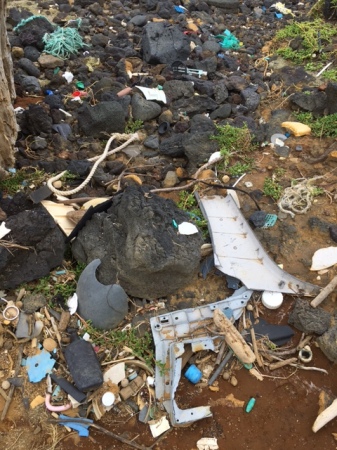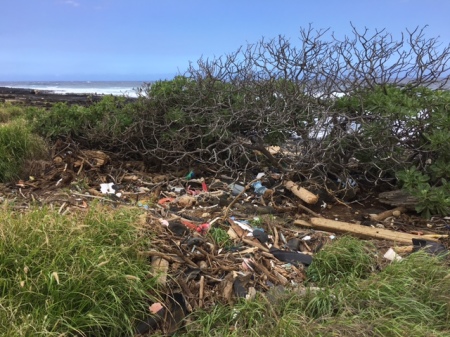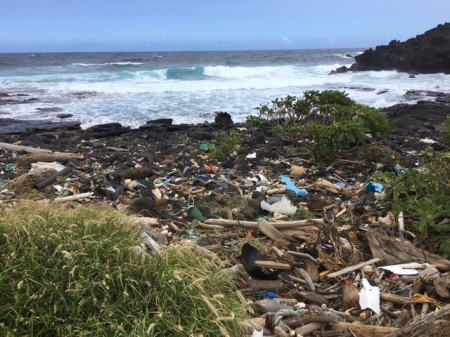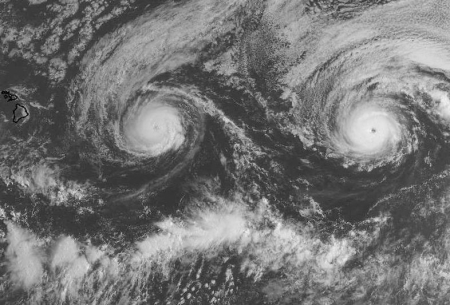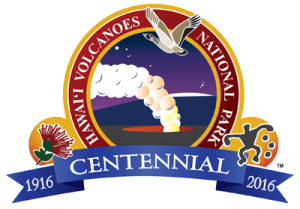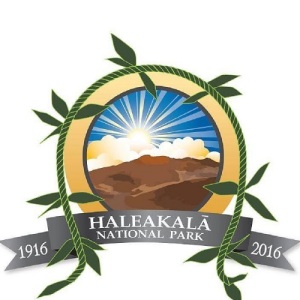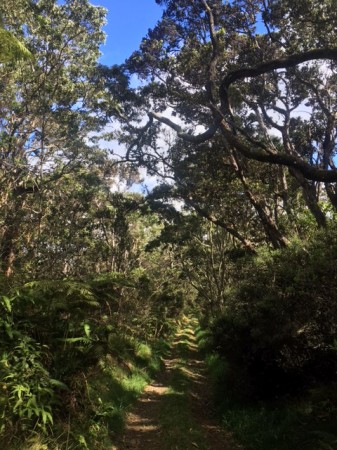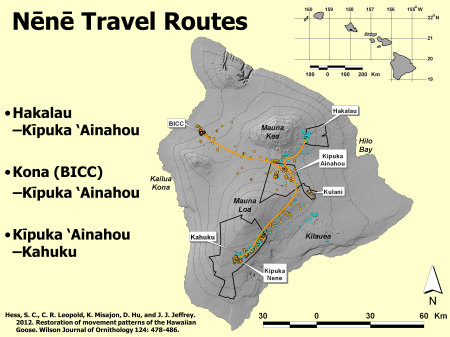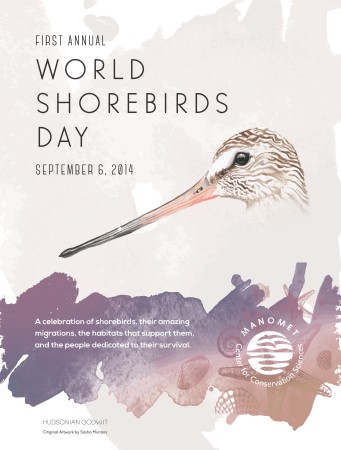自然保護
次回の講演会のトピックにしたいのはアララー
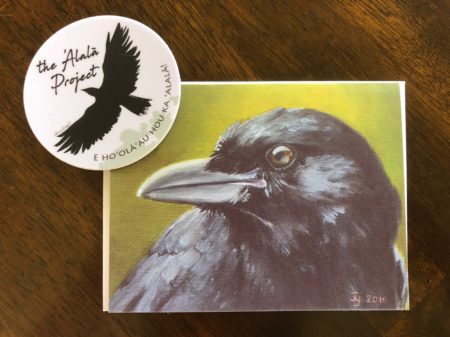
昨日(2018年11月15日)’Return to the Wild: ʻAlalā Reintroduction Efforts”とう話を聞きにいってきました。ハワイ島固有のカラス、アララーを野生復帰させるための努力が長年続いているのですが、2016年、2017年、2018年の放鳥の経過報告など、色々と学ぶことができました。2016年に話を聞きに行ってから、その後はなかなかタイミングが合わず講演会に行けなかったのですが、今回はぴったりなタイミングで講演会がありました。
私はこれまでハワイの自然を紹介するための講演会を開かせていただいたのですが、私のプレゼンテーション(4つほど作りました)には必ずアララーが登場します。今後また講演会を開かせていただける機会ができれば、ぜひともアララーをメイントピックにしたプレゼンテーションにしたいと強く感じています。2017年10月に稲村ケ崎で開かれた講演会では、ハワイの絶滅危惧種について話していたときに、涙をこらえることができなかったのを思い出します。
E Hoʻolāʻau Hou ka ʻAlalā !
May the ʻalalā thrive once again in their forest home!
アララーが再び森林で群れを成し力強く生きていけますように。
2017年と2018年に放鳥されたアララーは、全員まだ健在です。
“The Endangered Forest Birds of Hawaii”
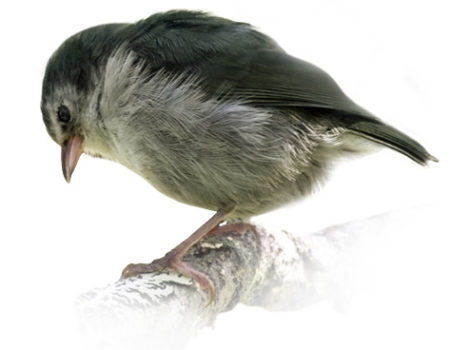
カウアイ島の絶滅危惧種の森の鳥たちを保護するための努力に関するビデオです。カウアイ島のツグミ「プアイオヒ」、ハワイミツスイの「アキキキ」(現在の個体数は約450)と「アケケエ」(現在の個体数は約950)の3種です。
「アキキキ」と「アケケエ」は2010年に絶滅危惧種に加えられました。ノブタの侵入がないように森林をフェンスで囲んで保護し、ノネズミ退治をし、外来植物の駆除もします。2015年から、10~15メートル平均50時間もかけて巣を探し、17ミリ程度の小さくデリケートな卵を採集し、飼育の努力も行っています。飼育センターでの個体数が十分な数に達したら放鳥が始まります。
「プアイオヒ」の同じようは飼育・放鳥プログラムは上手くいき、これまで何百羽ものプアイオヒが放鳥されました。
このビデオでは、ハワイ島の絶滅危惧種(野生絶滅)のカラス「アララー」のことも学ぶことができます。人間がハワイ諸島に移住してくるまでは、約5種のカラスがハワイ諸島に棲んでいたということが分かっています。現在112の成鳥が飼育センターにいます。今年放鳥された若い5羽のうち3羽は死んでしまいましたが、今後の放鳥プログラムの成功を祈っています。
The Endangered Forest Birds of Hawaii from Hawaii DLNR on Vimeo.
海洋ゴミ
海洋ゴミが海岸に打ち上げられるには、地形や海流などの条件がぴったり整っているようで、ハワイ島カラエ(サウスポイント)の近くには、海洋ゴミでいっぱいになる場所があります。
何年か前に、大量のゴミが、クリーンアップされてスッキリしたのに。行くたびに少しずつ増えてきているなと気になっていました。
今年の8月1日に行ったときには、ちょっと気になる程度でしたが、9月7日には、びっくりするほど多くなっていました。この3枚の写真は、その時のものです。
トロピカルストーム(ハリケーンの勢力が弱まったもの)が来た後だったので、きっとその影響を受けたのだと思います。
それにしても、海に漂流している大量のゴミは地球規模の問題です。なんとかできないかなあ。
ハリケーン・マデリンと、ハリケーン・レスターが、ハワイ島に近づいてきていた時の様子。幸いどちらもトロピカルストームとなって、マデリンはハワイ島の南を通過し、レスターは北西を通過していきました。
ハワイ火山国立公園とハレアカラ国立公園の100年祭
2016年8月1日は、ハワイ島のハワイ火山国立公園(Hawaii Volcanoes National Park)とマウイ島のハレアカラ国立公園(Haleakala National Park)が創立されてから100年を祝う日。1916年に創立されたときには、ハワイ国立公園(Hawaii National Park)という1つにまとめられた国立公園でしたが、1961年に2つに分かれました。
ハワイ火山国立公園の100年祭を記念し作られたロゴは、山頂に雪が積もったマウナロアを背景に、キラウエアの山頂部にあるハレマウマウ火口が噴煙を出している様子、そして、飛んでいるネネ、オヒア・レフアの赤い花、キイ・ポハク(ペトログリフ)が描かれていています。
ハレアカラ国立公園のものは、ハレアカラ山頂部に朝日が昇ってくる姿と、ティの葉で作ったレイが描かれています。
鳥取県立八頭高等学校の生徒さんたちの言語コミュニケーション活動
鳥取県立八頭高等学校3年生の英語のクラスでは、英語指導の福島先生を通して、代表の生徒さん4名が、私とコミュニケーションをとってくれました。学習を終えてから、教科書本文には言語化はされていなかったけれど、テキストを掘り下げていくにしたがって見えてきた「Awareness is not good enough; we need to take some action!」という点に、生徒さんの意見がまとまり、レッスンをふまえた言語活動として「長谷川さんへのメッセージを英語で書いてみよう」ということになったそうです。自分が社会にどんなことができるか、自分は社会にどんな変革を起こしてmake the world a better place to live にしていくか、深く考えたそうです。
このように若い世代の人たちが、この教科書のトピックに影響を受け、その影響が、水に石を投げたときに水面にできる波紋のように広がっていけば、私にとって、この上ない喜びです。ありがとうございます。
~~~~~~~~~~
Through reading the story about your project and activities, my thought on nature around me has changed.
You let me realize that I take it for too granted that beautiful nature around me is always by my side. However, as you point out, we can’t live even a normal, usual life without nature as it is. It is true that nature gives us almost all of what makes our daily lives: we truly owe a lot to nature around us.
Still, the reality is that I can hardly give anything to nature in return. This leads me to the conclusion that, for the time being, what I am supposed to do in my daily life as a high school student is to keep doing one thing to preserve nature in Tottori.
As I can’t go Hawaii right now to join your tour or project, I have decided to always bring “eco-bag” with me whenever I go shopping with my mother. She often says, “Just paying some money for a checkout bag can save us much trouble in shopping.” However, I agree with you in that small things count. What I can do in my high school life to help nature is do whatever small things I can do. So, I do and will keep in mind that I ask her to bring “eco- bag” when going shopping.
I know this is not good enough. I really want to find myself more about what I can do for nature.
I’m glad that I have a great opportunity to learn from you that even a single person can do a lot to help people become more aware of the importance of nature. Thank you very much for letting us know we can still have more to preserve nature.
~~~~~~~~~~
Hello. I’m a high school student in Tottori and I have learned a lot from your story in English class.
I think that we can’t live without nature. We have to appreciate nature around us. Until the introduction of your story, I have never heard of the word “eco tours”. As I study your project, I have come to understand what it is like to join eco tours and to learn something important from the direct contact with nature. I think it is a very good idea and practice to help people realize the importance of the environment because people in Japanese big cities are likely to forget about it.
During the class, I had a chance to read your homepage articles. What impressed me so much is your following message: the memory I make through five senses is my lifetime treasure. I agree with this! It is true that the real beauty cannot be described in any word. I learned from your story that you are leading so active a life. I respect your hard work.
I have one question for you. You have been staying in Hawaii for a long time. What kind of change has been made in your life or your point of view since you started to live there? I’m curious to know about it.
Thank you very much for reading my message.
~~~~~~~~~~
Hello. I am xxxxx and I am a student of Yazu Senior High School in Tottori Prefecture.
I got your strong message in English class and I have realized the significance of your project and “eco-tour” after reading your story.
I think that the older we become, the more likely we are to stop coming in direct contact with nature. I assume this is one of the reasons why eco-tour is a good opportunity in order to remind people of the importance of nature. Thanks to your work, people who take part in your tours and their friends are becoming more and more appreciative of nature around them.
I believe an eco-tour is not the purpose of raising people’s awareness of the environment but the process of helping people take some action to preserve our precious nature. What is really important is what we do after taking part in eco-tours.
Now I give one question to myself: As one of the members who learn something important from you, what do I do to protect nature? All I can think of is reducing, recycling and reusing – what we call “3Rs.” I have thought that kind of my actions is too small to serve as something. However, you show me that we don’t have to do something big. It is as if you are encouraging us by saying, “Keep doing small things. Keep making little effort to help save nature. It will make a big difference!”
Thanks to your message, my thought about nature has changed. And … this is the very reason why I really want to join your eco-tour in the near future. I want to be a person who can make some change like you to make the world a better place to live.
Thank you very much for reading my message.
~~~~~~~~~~
Hello. I am xxxxx and I am a student of Yazu Senior High School in Tottori. I would like to tell you how appreciative I am of you and your projects, including eco-tour.
To be honest, it was not until I took the English class that I noticed my big misunderstanding about nature preservation. I thought that I did realize how important nature is to me, but, in fact, I didn’t. I also thought that I was aware enough to understand the significance of nature to us, but you let me know being aware is not good enough. In my school life, I sometimes see trash or garbage throw away in the street on my way home. Whenever I catch the sight, I feel sad. It implies that some people have less concern about nature as well as less awareness of molarity. However, I did nothing then. I just felt sad. That’s it.
After I read your story, I have come to realize what is important to me is not complaining about others’ behaviors but taking same action myself. In fact, I decided to take part in a volunteering activity my school promotes. It is called “Yazu-ko aishi aisare campaign.” This is a student-planned project which encourages Yazu-ko students to do whatever necessary for them and the local people. Cleaning up the trash in the streets or pulling weeds with friends for an hour after school is a good example. The aim is that, through the activity, the students come to love their school more and so do the local people.
It can be a good opportunity for me and my friends to change our actions toward nature, because our school is surround by beautiful nature. Thanks to its beauty, we can study comfortably and relaxed. We owe a lot to nature whether we feel it or not. I will definitely join the project, and I hope I will rediscover the significance of nature around me. It will make some change not only in my attitude toward nature but also in my life itself.
Thank you very much for helping me realize an important thing I should never be without.
Wao Akua
ハワイの生態系を守るには、森林保護が重要です。特に固有種。人間よりも昔からハワイに定着していた動植物。自然保護団体Nature Conservancy、国立公園局National Park Service、国立野性生物保護区National Wildlife Refugeなどが守ってくれています。
ハワイガン「ネーネー」の季節移動
ネーネー(Branta sandvicensis)はハワイ固有のガン。2006年には全島合わせて約1600羽、2011年には約2000羽と聞きいてましが、今年7月13日のヒロの新聞(Tribune Herald)には、現在2500羽以上いると書かれていました。1950年代には絶滅寸前だったネーネーですが、保護の結果やっとここまで増えました。ネコやマングースやネズミなど、ネーネーにとってよくない問題は、今でも色々とあるのですが、更なる研究により、ハワイ島内での季節によるネーネーの移動パターンがわかったので、このデータがネーネーの移動経路や生息地の環境保全に大いに役に立っています。
2015年 「世界湿地の日」
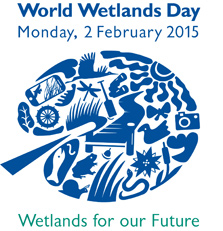
私たちはさまざまな形で湿地の恩恵を受けています。湿地は水を浄化し、私たちに安全な飲み水を与えてくれています。私たちの食生活にも役立っています。海辺の環境も守ってくれ、地球温暖化の緩和の手助けをしてくれます。残念なことに、1900年代から現在までに、世界の湿地の64%が失われてしまいました。毎年2月2日は「世界湿地の日」、今年のテーマは「「湿地を大切にしよう 私たちの未来のために」。
Damnation
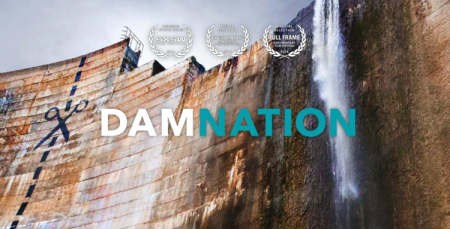
パタゴニア提供による映画『ダムネーション』
日本では2014年11月22日(土)より渋谷アップリンク他にて公開だそうです。
World Shorebirds Day
2014年9月6日は、第一回目の「World Shorebirds Day」です。
世界水辺の鳥の日は、水辺の鳥の保護を主張するハンガリーのバーダー、György Szimuly氏の呼びかけにより実現したものです。
シギ・チドリ類の多くは、春と秋に繁殖地と越冬地の間を多国間にまたがり季節移動します。繁殖地、渡りの途中で飛来する湿地、越冬地での、国際的なスケールの調査と環境保全が重要です。

